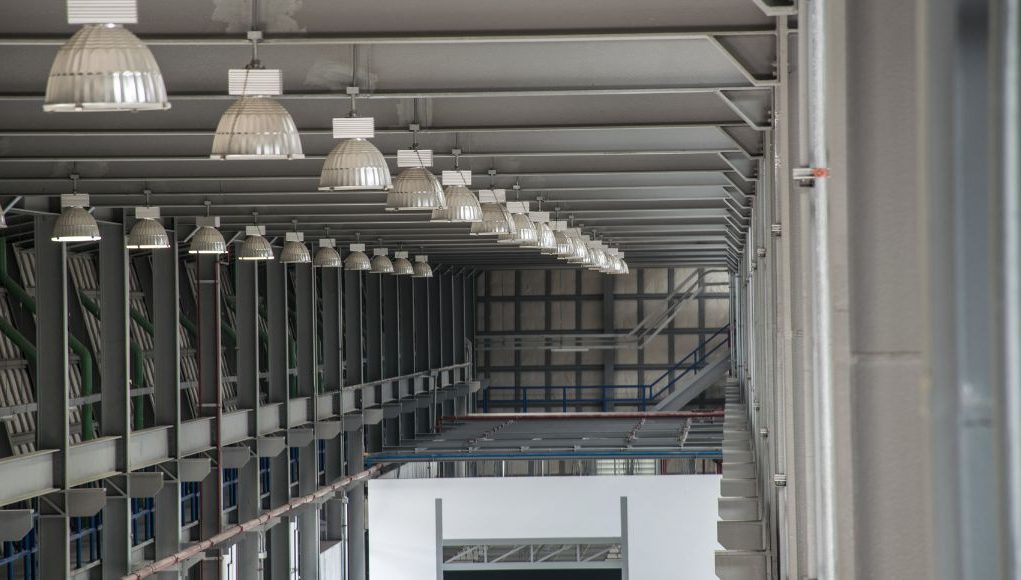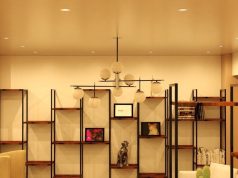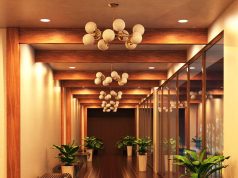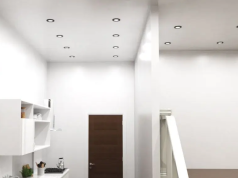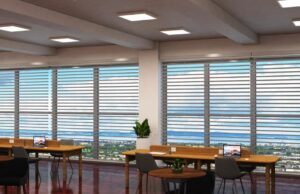Did you know that commercial lighting is an emerging market with over 8.2 billion USD? This industry is continually flourishing because warehouses, massive commercial buildings, and industrial power plants with high ceilings require a customised lighting arrangement to supply adequate illumination. With this comes the common question: High Bay vs Low Bay LED Lights: Which is Better?
LED lights are now the leading artificial lighting source in many markets. It’s favoured over fluorescents and other traditional lighting solutions. When it comes to commercial lighting, there are two fixtures that can provide the brightness needed for the space: high bay and low bay lights.
While high bay and low bay fittings have many similarities, they also have various differences. Before purchasing, you need to understand how each fitting is uniquely diverse from the other. So, to give you a head start before your build here’s a comparison of what they do and how to select the most ideal for your project!
Bay Lighting
Bay lighting fixtures illuminate an enormous space with a high ceiling. This includes commercial buildings, warehouses, gymnasiums, retail sites and more. There are two main categories when it comes to bay lighting, high and low bay. While the ceiling height is the primary characteristic that sets them apart, you’ll find other similarities and differences!
High Bay and Low Bay Lighting Fixtures
High and low bay lights are used to brighten large spaces and installed on high ceilings to give you stronger light while lessening glare. When comparing the two, the best way to differentiate them is by the ceiling height. Low bay fixtures are ideal for 12- 20ft high ceilings. Alternatively, high bay fittings are suitable for 20 – 45ft high ceilings.
Another distinct characteristic of the two is low bay lighting is below 100w while high bay can go above 100w. Also, low bay fittings are suspended with hooks or chains, whereas high bay fittings dangle from the ceiling with a chain, hook or pendant or are fixed directly to the ceiling like a troffer lighting.
Industrial Bay Lights Manufacturing
High and low bay lights are also different when it comes to the manufacturing process. Low bay fixtures are designed with lenses or reflectors to distribute light evenly and diminish glare. On the other hand, a high bay fixture requires a unique reflector constructed from either aluminium to direct light towards the ground or prismatic materials to diffuse the luminance and illuminate shelves and other raised objects.
Compared to low bay lights, high bay lights have a more extensive range of application and comes in many varieties (LED, metal halide, induction and florescent).
Choosing the Right Bay Lighting
As mentioned earlier, high and low bay lights are amongst the most popular choices when it comes to commercial lighting. Deciding between the two depends on where you’re installing your lights and the level of brightness you require.
Determining the fixture that is most fitting in your space is essential because it can impact the safety of your facility and the efficiency of operation. Also, knowing what a high bay and low bay light are will help you when deciding the best type for your building. However, there are other factors that you need to watch out for, like energy consumption, bulbs, etc.
Here are some variables you need to consider if you choose to use high or low bay lighting fixtures.
LED or Fluorescent
The first choice you need to make is deciding what type of lighting you will get. Today, LEDs have overtaken fluorescents and sit at the top of the market. It’s not a surprise, given the benefits you can get with LEDs.
High bay LED lights can last 25 times longer than a non-LED alternative and consume around 75% less energy. Also, it’s easier to mount than classic fluorescent lamps.
High Bay or Low Bay
Deciding whether to go with high bay or low bay lights is simple. Just measure your ceiling height, and you’ll know the answer. After measuring, check the space that you want to illuminate and determine the activities done there. Once you have it, you’ll be more confident about what to get.
Beam Angle
The beam angle relies heavily on the fixture that you have. Typically, high bay lights have a beam angle of 60°, 90°, or 120° whereas low bay lights only have 120°.
Distribution and Mounting Options
There are two light distribution patterns that you can select from. Type III is ideal for roadway and parking lighting since it’s taller but not that widespread, while Type V is shorter but has more comprehensive light coverage.
As for mounting options, there are several that you can choose from, including straight arms, slip filters, and trunnions. Select the one that matches your needs before setting up your lighting system.
Retrofit
You can get retrofitting kits with many LED lights. This includes trunnions, an arm, slip fitter brackets and other necessary components. With these kits, you’ll be able to save time and money. Consider this option if your fixtures are in good condition and you just need to replace them with LED bulbs.
Power
Using fixtures with not much luminance is not enough to illuminate high-ceiling areas. You’ll need something more powerful, so get a fitting that’s at least 130 lumens per wattage.
Colour Temperature
This is also an important aspect when deciding on light fixtures. Although, for factories, warehouses, and other massive establishments, it’s best to use natural white or cool white light to create a clean, work-friendly space. Just use warm white light in your break rooms, as it’s perfect for creating a cosy and relaxing environment.
The question should not be high bay vs low bay light: which is better? It should be when to use a high bay and a low bay fixture. Both are needed in lighting a commercial space. It’s just a matter of determining which would complement your needs and the requirements of the space. If you’re looking for high-quality LED commercial lights, visit our website, Simple Lighting! We have an extensive collection of high bay lights and other fixtures suitable for commercial applications.


